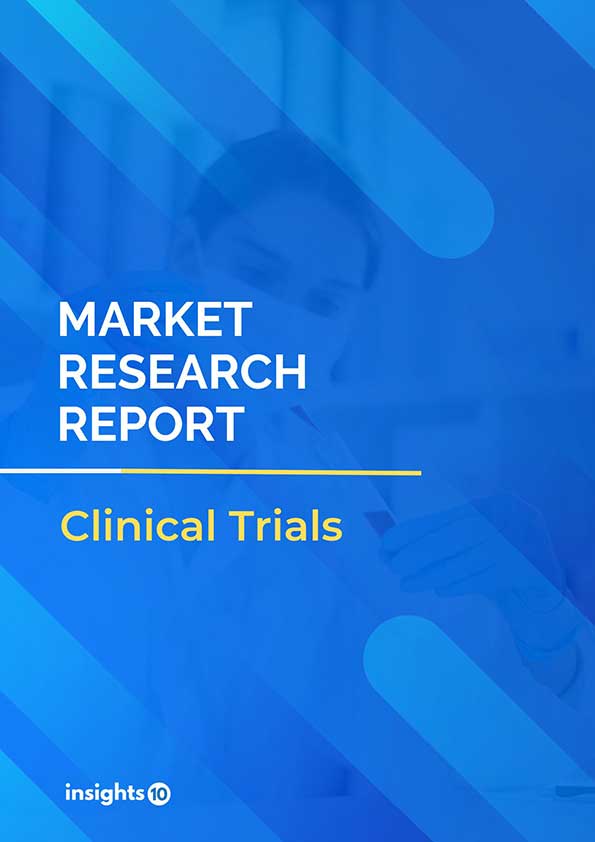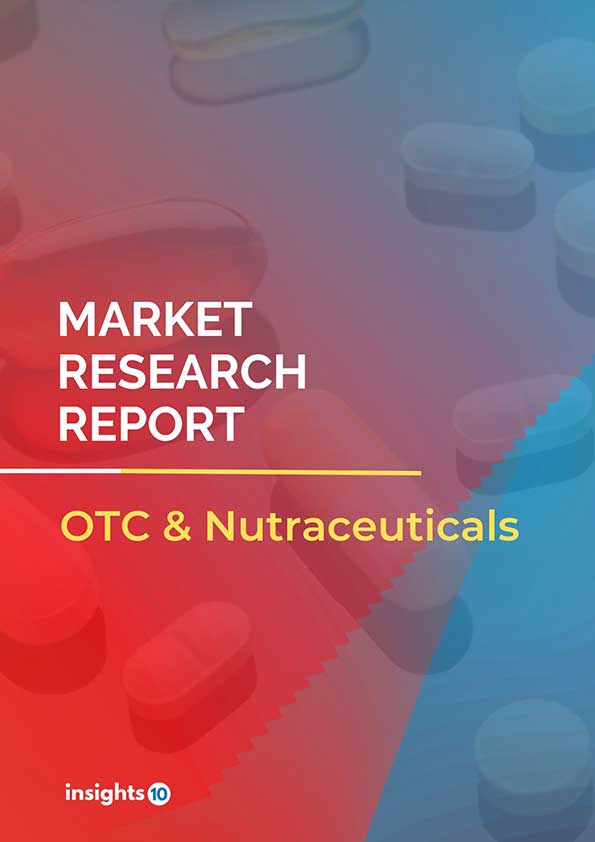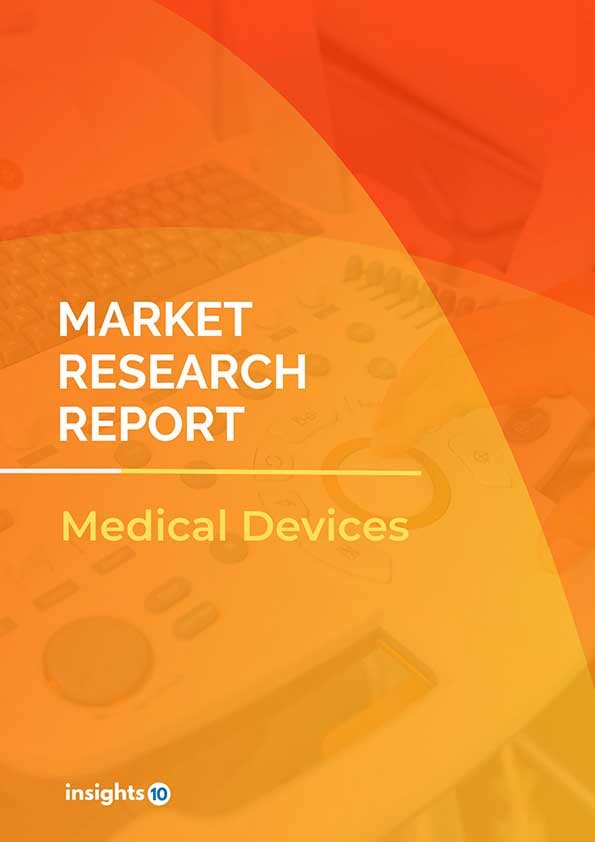APAC Chronic Obstructive Pulmonary Disease (COPD) Clinical Trials Market Analysis
This report presents a strategic analysis of the APAC Chronic Obstructive Pulmonary Disease (COPD) Clinical Trials Market and a forecast for its development in the medium and long term. It provides a broad overview of the market dynamics, trends and insights, growth drivers and restraints, segmentation, competitive landscape, healthcare policies and regulatory framework, reimbursement scenario, challenges and future outlook. This is one of the most comprehensive reports about the APAC Chronic Obstructive Pulmonary Disease (COPD) Clinical Trials Market, offering unmatched value, accuracy and expert insights.
Buy Now

APAC Chronic Obstructive Pulmonary Disease (COPD) Clinical Trials Market Executive Summary
The Asia-Pacific region, which includes more than 40 nations and is home to more than half of the world population which is 53% of the world's population lives in the Asia Pacific Region, which takes up 21% of the planet's land area, has a variety of distinct health systems. As a result, the residents of the Asia-Pacific area have a wide range of health statuses as a result of the region's different healthcare frameworks.
Some nations in the region are well-known for their excellent public health systems. When it comes to healthcare, Japan, Australia, and New Zealand all rank among the top Asia-Pacific nations, with health spending accounting for sizable portions of each nation's GDP. The strong economic rise in the APAC region comes with benefits and challenges for the healthcare industry. Despite the increased number of hospitals, people in rural and urban areas continue to face access and affordability challenges. Because people are living longer, there is an increased need for better healthcare, which leads to better health outcomes.
Clinical trials are a method of doing clinical research that are guided by a detailed protocol that has been carefully created to address a specific patient care question. Clinical trials can be broken down into five phases, each of which serves a particular function. Every trial follows a protocol that specifies the kinds of people who are allowed to take part in the study. In addition to stating the duration of the study, the studies also detail the precise plan of operations, tests, drugs, and doses inside the experiment. The rising expenses of drug development in recent years have forced pharma and biotech companies to explore for modernizations and more efficient ways of operating.
A common disease that is both preventable and treatable is Chronic Obstructive Pulmonary Disease (COPD). A persistent and progressive airflow restriction caused by an augmented chronic inflammatory response in the airways and lungs as a result of irritating particles or gases characterizes this poorly reversible lung disease. One of the main causes of chronic obstructive pulmonary disease is excessive smoking. Additionally, 10–20% of cases are brought on by exposure to chemical fumes, dust, and other lung irritants while at work or in the environment.
The diagnosis of chronic obstructive pulmonary disease is primarily clinical. The majority of patients have their diagnoses made by primary care doctors. When symptoms like chronic cough, excessive sputum production, and dyspnea appear and last for a long time, screening is advised, especially if these symptoms are also accompanied by a history of smoking or regular exposure to toxins or pollutants at work or in the environment. Although there is currently no cure for COPD, treatment can help to lessen its symptoms and progress.
Market Size and Key Findings
The Global Chronic Obstructive Pulmonary Disease (COPD) Clinical Trials Market size is at around US $ 17.68 Bn in 2021 and is projected to reach US $ 26.95 Bn in 2030, exhibiting a CAGR of 7.28% during the forecast period.
APAC Chronic Obstructive Pulmonary Disease (COPD) Clinical Trials Market Size (In USD Bn) (2021-2030F)
.jpg)
Market Dynamics
Market Growth Drivers Analysis
The COPD Therapeutics market should see an increase in opportunities due to the rising adoption of digital inhalers and triple therapy treatment options, more people are using combination therapy
Market Restraints
The APAC chronic obstructive pulmonary disease treatment market is being driven by risk factors such as exposure to tobacco smoke (which includes secondhand or passive smoking), allergens (such as pollen, ragweed, dust mites, or animal dander), irritants in the air (such as chemical fumes, smoke, or strong odours), and extreme weather conditions. The APAC market for the treatment of chronic obstructive pulmonary disease is also being boosted by other risk factors such as indoor air pollution (caused by solid fuels used for cooking and heating), outdoor air pollution, occupational dust and chemicals (caused by irritants, vapors, and fumes), and frequent lower respiratory infections in children.
Competitive Landscape
Key Players
1. Executive Summary
1.1 Disease Overview
1.2 Global Scenario
1.3 Country Overview
1.4 Healthcare Scenario in Country
1.5 Clinical Trials Regulation in Country
1.6 Recent Developments in the Country
2. Market Size and Forecasting
2.1 Market Size (With Excel and Methodology)
2.2 Market Segmentation (Check all Segments in Segmentation Section)
3. Market Dynamics
3.1 Market Drivers
3.2 Market Restraints
4. Competitive Landscape
4.1 Major Market Share
4.2 Key Company Profile (Check all Companies in the Summary Section)
4.2.1 Company
4.2.1.1 Overview
4.2.1.2 Product Applications and Services
4.2.1.3 Recent Developments
4.2.1.4 Partnerships Ecosystem
4.2.1.5 Financials (Based on Availability)
5. Reimbursement Scenario
5.1 Reimbursement Regulation
6. Methodology and Scope
Chronic Obstructive Pulmonary Disease (COPD) Clinical Trials Market Segmentation
By Drug Class
Based on drug class Bronchodilators, Combinations, Corticosteroids, Mucokinetics, and Phosphodiesterase are Type 4 Inhibitors
- Bronchodilators
- Combination
- Corticosteroids
- Phosphodiesterase
By Type
Based on type the market examined Chronic Bronchitis and Emphysema
- Chronic Bronchitis
- Emphysema
By Distribution Channel
Based on Distribution Channel the market was examined across hospital pharmacies, online pharmacies, and retail pharmacies
- Hospital Pharmacies
- Retail Pharmacies
- Online Pharmacies
Methodology for Database Creation
Our database offers a comprehensive list of healthcare centers, meticulously curated to provide detailed information on a wide range of specialties and services. It includes top-tier hospitals, clinics, and diagnostic facilities across 30 countries and 24 specialties, ensuring users can find the healthcare services they need.
Additionally, we provide a comprehensive list of Key Opinion Leaders (KOLs) based on your requirements. Our curated list captures various crucial aspects of the KOLs, offering more than just general information. Whether you're looking to boost brand awareness, drive engagement, or launch a new product, our extensive list of KOLs ensures you have the right experts by your side. Covering 30 countries and 36 specialties, our database guarantees access to the best KOLs in the healthcare industry, supporting strategic decisions and enhancing your initiatives.
How Do We Get It?
Our database is created and maintained through a combination of secondary and primary research methodologies.
1. Secondary Research
With many years of experience in the healthcare field, we have our own rich proprietary data from various past projects. This historical data serves as the foundation for our database. Our continuous process of gathering data involves:
- Analyzing historical proprietary data collected from multiple projects.
- Regularly updating our existing data sets with new findings and trends.
- Ensuring data consistency and accuracy through rigorous validation processes.
With extensive experience in the field, we have developed a proprietary GenAI-based technology that is uniquely tailored to our organization. This advanced technology enables us to scan a wide array of relevant information sources across the internet. Our data-gathering process includes:
- Searching through academic conferences, published research, citations, and social media platforms
- Collecting and compiling diverse data to build a comprehensive and detailed database
- Continuously updating our database with new information to ensure its relevance and accuracy
2. Primary Research
To complement and validate our secondary data, we engage in primary research through local tie-ups and partnerships. This process involves:
- Collaborating with local healthcare providers, hospitals, and clinics to gather real-time data.
- Conducting surveys, interviews, and field studies to collect fresh data directly from the source.
- Continuously refreshing our database to ensure that the information remains current and reliable.
- Validating secondary data through cross-referencing with primary data to ensure accuracy and relevance.
Combining Secondary and Primary Research
By integrating both secondary and primary research methodologies, we ensure that our database is comprehensive, accurate, and up-to-date. The combined process involves:
- Merging historical data from secondary research with real-time data from primary research.
- Conducting thorough data validation and cleansing to remove inconsistencies and errors.
- Organizing data into a structured format that is easily accessible and usable for various applications.
- Continuously monitoring and updating the database to reflect the latest developments and trends in the healthcare field.
Through this meticulous process, we create a final database tailored to each region and domain within the healthcare industry. This approach ensures that our clients receive reliable and relevant data, empowering them to make informed decisions and drive innovation in their respective fields.
To request a free sample copy of this report, please complete the form below.
We value your inquiry and offer free customization with every report to fulfil your exact research needs.









































